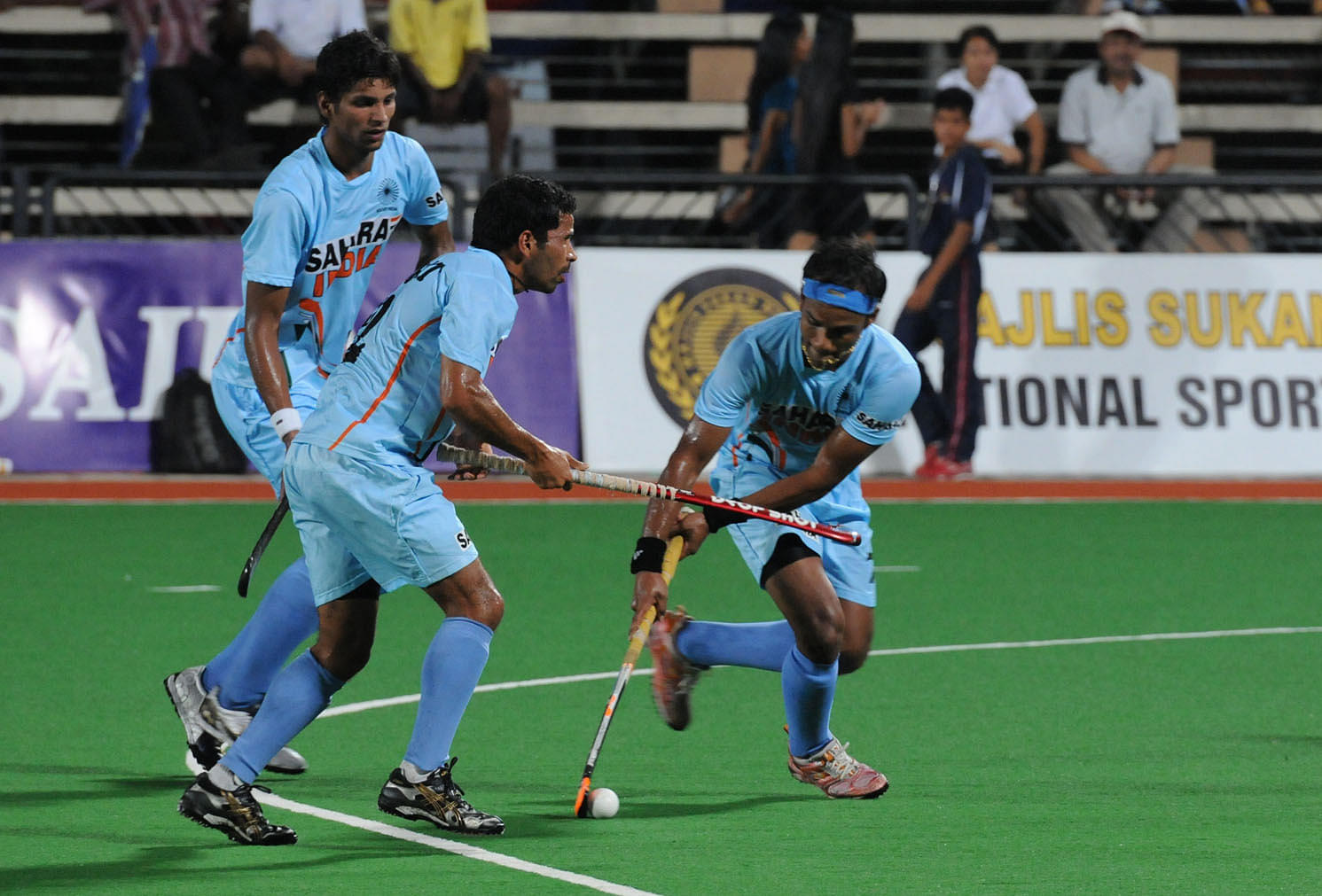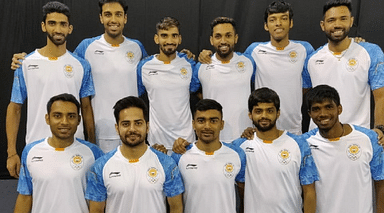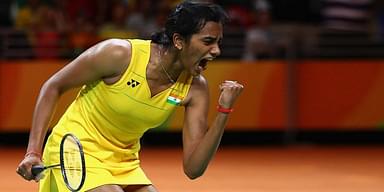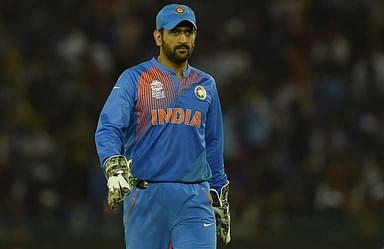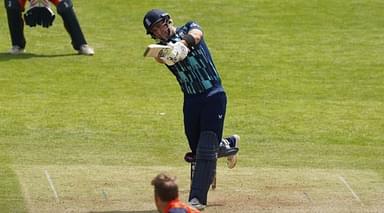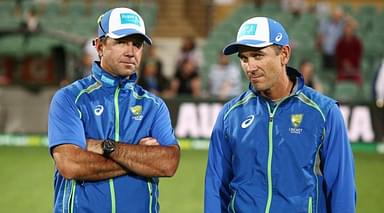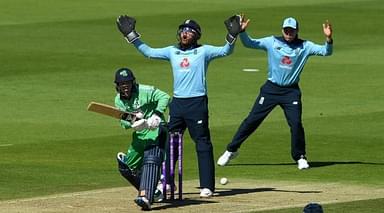The Indian contingent had a mixed performance at the recently concluded Rio 2016 Olympics. While the likes of PV Sindhu, Sakshi Malik and Dipa Karmakar impressed, India’s performance as a whole was below expectations. India managed only 2 medals, a come down from the 6 achieved in London, 2012. A major reason for this is the prevalence of cricket. Here, we look at 5 sports which could challenge cricket in India.
1) Badminton

Badminton is now on the lips of all Indians. This is due to the performance of Indian shuttler, PV Sindhu at Rio 2016. Sindhu won the silver medal in women’s singles, in the process, becoming the first Indian woman to win a silver medal at the Olympics.
Badminton is the second most played sport in India after cricket. Prakash Padukone and Pullela Gopichand have both won the All England Open. They achieved the feat in 1980 and 2001 respectively.
More recently, Saina Nehwal was ranked one in the world in 2015. Nehwal also won a bronze in the 2012 London Olympics. She is currently ranked 5 in the world, followed by Sindhu at 10. The highest ranked men’s player is Srikanth Kadambi, 11. Kadambi, incidentally, reached the quarter finals in men’s singles at Rio 2016.
A major reason supporting the rise of badminton is the relative lack of expense in training. Also, badminton has become a part of the middle class life in India. Come winter, most households can be seen partaking in the sport.
The ultimate impact of PV Sindhu’s success would be realized if India started investing actively in badminton, which would lead to future success in the sport.
2) Football

source: www.news18.com
Traditionally, football is the second most popular sport in India after cricket. The history of the game is rooted deep in tradition.
Mohun Bagan’s defeat of East Yorkshire Regiment in 1911 is still cited as a major landmark, not only in football, but also in India’s freedom movement. It instilled a sense of belief among the local populace, which led to them questioning the perception of European supremacy.
Starting in the early noughties, the Indian urban population has bought into European football. The English Premier League has an overwhelmingly high viewership in India.
More recently, the advent of the ISL has allowed Indian footballers to come into prominence. It has also led to a rise in income levels of Indian footballers and promises bigger things.
However, there are multiple conundrums in Indian football. Although the market is present, the sport needs to be conducted in a more professional manner.
3) Kabaddi

Another popular sport in India is kabaddi. It is played mainly in rural areas. It is regarded as a team-contact sport and a recreational form of combat training.
There are 4 forms of kabaddi played in India: Amar, Suranjeevi, Huttuttoo, and Gaminee. Suranjeevi is the most played form of kabaddi in India and the world. This is the form used in international matches generally and played in Asian Games.
India has won all five Kabaddi world cups played till now. In all the five world cups, India remained unbeaten throughout. Incidentally, all the world cups were held in India. Recently, the sport has been brought into prominence with the advent of the ‘Pro Kabaddi League’ and ‘World Kabaddi League’.
Like badminton, there are very few expenses to be incurred in the sport, therefore giving it a huge advantage. India’s dominance in the sport, coupled with the heritage associated with it and the exposure brought by the professional leagues can lead to a kabaddi revolution in the country.
4) Hockey

India’s fall from grace in hockey can easily be compared to what has happened to the West Indies in cricket. From 1928 to 1956, the Indian men’s team remained unbeaten in the Olympics, garnering six gold medals in a row. There were further golds in 1964 and 1980.
They were also crowned champions in the 1975 World Cup. Things came to all time low, when the Indian men’s team failed to qualify for the 2008 Summer Olympics.
The situation has improved in recent years with a gold medal finish in the 2014 Asian Games. There were also silver medals in the 2010 and 2014 Commonwealth Games and in the 2016 Champions Trophy.
Like kabaddi, hockey too is being promoted through the Hockey India League. The women’s team qualified for the 2016 Summer Olympics after a gap of 36 years. This is another recent positive development.
It remains to be seen whether hockey can well and truly be revived in the country. However, no one can argue that it does not have the potential.
5) Tennis

Tennis enjoys a considerable following in India, although it is limited to urban areas. The last two decades have witnessed unprecedented success for Indians in Grand Slams.
The likes of Mahesh Bhupathi and Leander Paes have won multiple Grand Slam titles in doubles. Sania Mirza has started emulating their success. In fact, she is the number one ranked women’s doubles player in the world.
Just like the most of the other sports mentioned, tennis too has come up with its own professional league: the International Premier Tennis League (IPTL). It is an annual team tennis league competed by 6 franchisee teams.
In spite of the high costs involved, tennis has a cult following in the country. If the sport receives proper investment, there is no reason why India cannot continue to produce world beaters.

